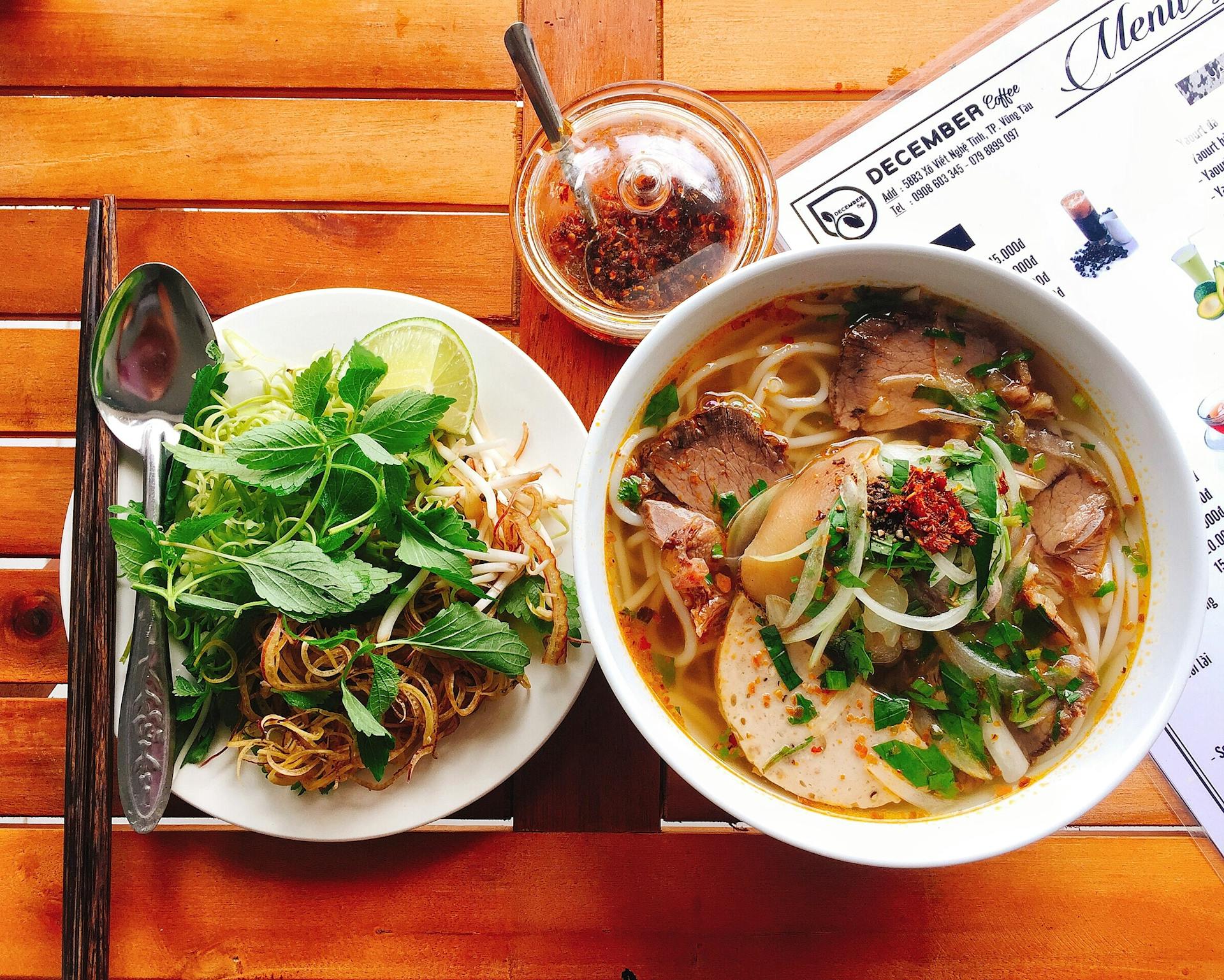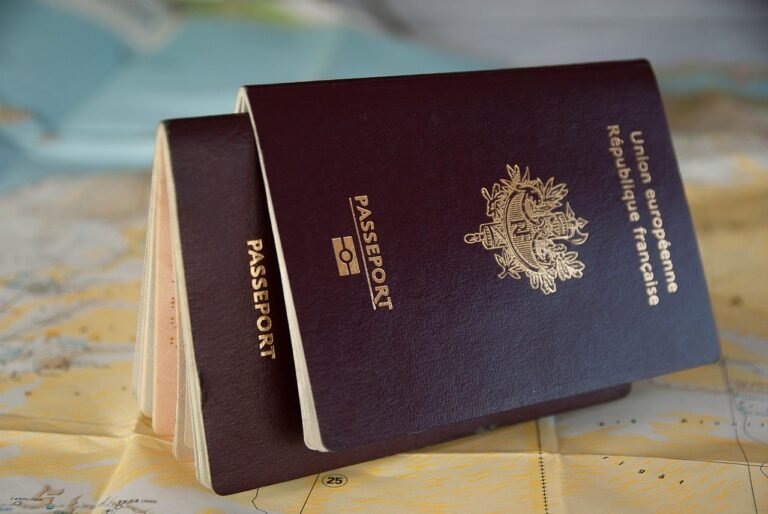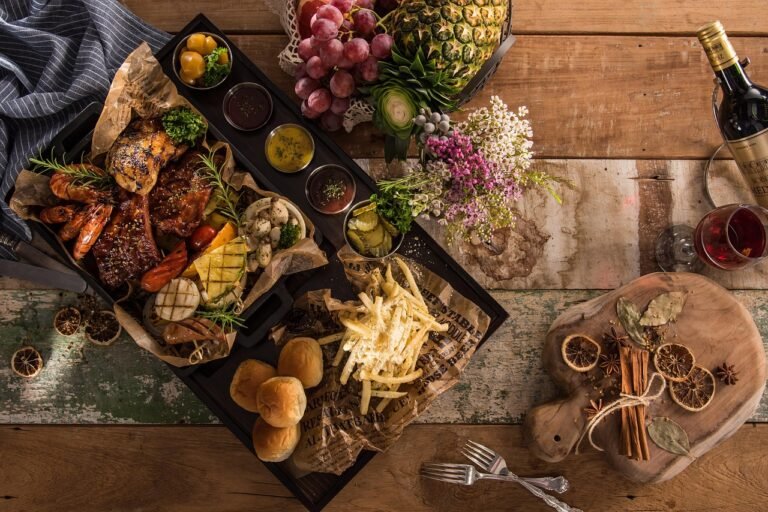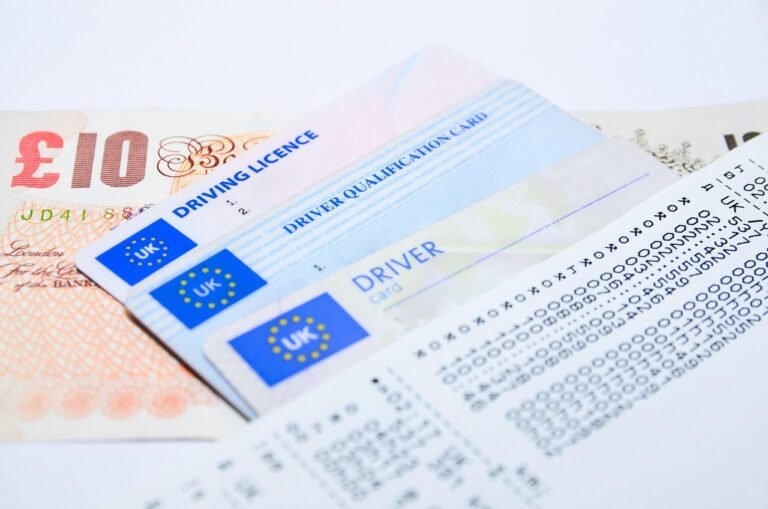Last updated: May 2, 2025
If there’s one thing I’ve learned after a decade of cramming my face with everything from night market noodles to back-alley tacos, it’s that the world’s most incredible food experiences rarely come with white tablecloths and eye-watering bills. Sometimes—actually, most times—the best bites come wrapped in paper from a cart where the cook hasn’t changed their recipe in 40 years.
But here’s the problem: how do you balance your wanderlust with your increasingly pathetic bank account? Where can you feast like royalty while spending like a pauper? And how do you avoid those soul-crushing tourist traps with mediocre food and authentic prices?
I’ve been there. After maxing out a credit card in Paris for what turned out to be decidedly average croissants (they looked better on Instagram, I swear), I learned to hunt down those magical destinations where exceptional food and reasonable prices still coexist.
The Delicious Intersection of Budget Travel and Food Tourism
Before diving into my top picks, let me clarify what makes a destination truly budget-friendly for food lovers. I’m not just talking about cheap eats—I’m talking about places where:
- Local cuisine is naturally affordable
- Street food scenes thrive
- Food markets offer endless exploration
- Cooking classes won’t break the bank
- Accommodation costs leave room in your budget for culinary adventures
With those criteria in mind, let’s eat our way around the world without emptying our savings accounts.
Southeast Asia: The Undisputed Champion of Budget Food Travel
Vietnam: The Perfect Starting Point
Vietnam remains, hands down, the place where your taste buds and wallet can most peacefully coexist. My first morning in Hanoi, jet-lagged and disoriented, I stumbled upon a tiny plastic stool setup where an older woman had been serving pho bo (beef noodle soup) for something like 30 years. The rich, aromatic broth, tender beef, and fresh herbs cost roughly $2—and I still dream about it years later.
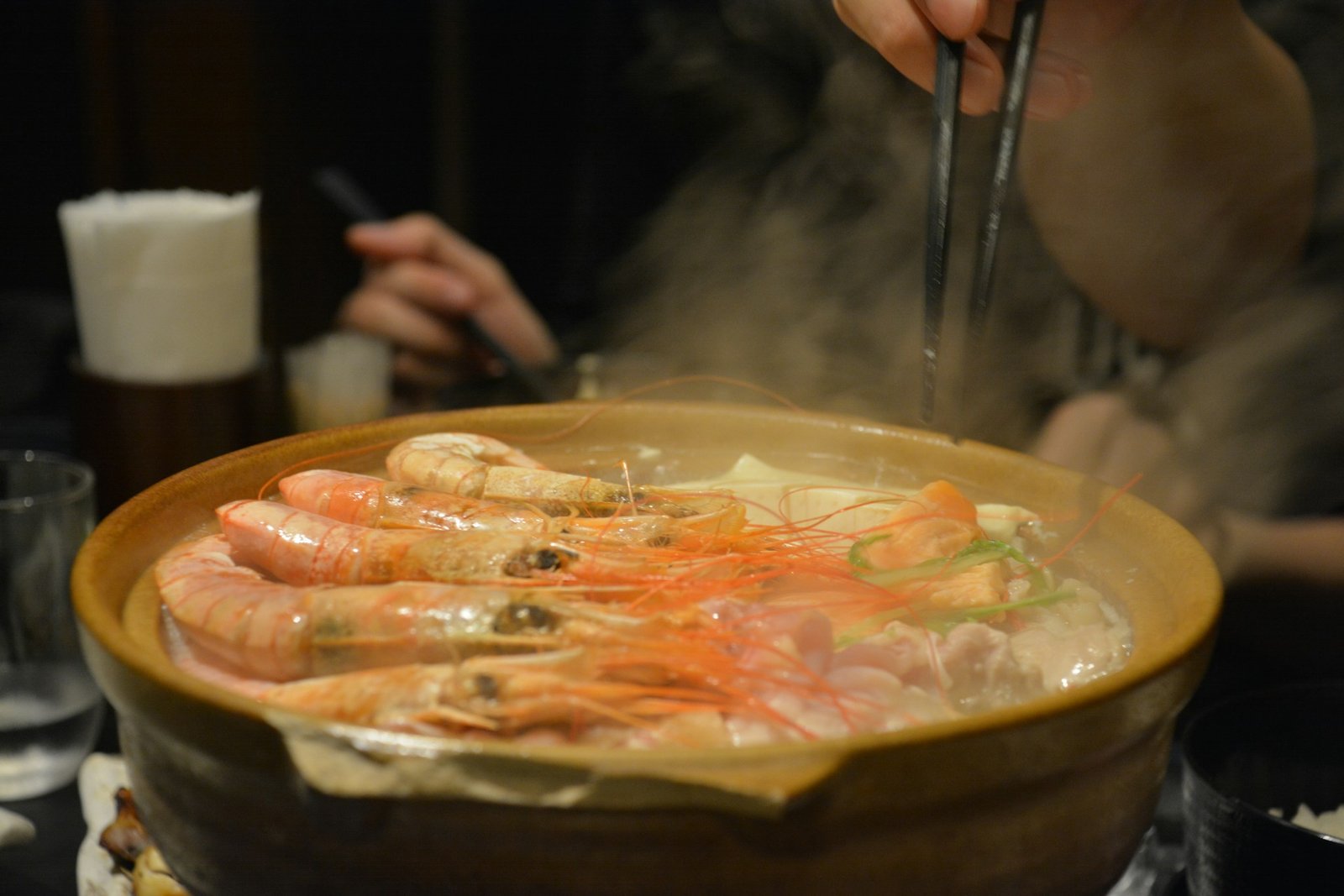
Beyond pho, Vietnam offers:
- Banh mi: Crusty French-influenced baguettes stuffed with pâté, pickled vegetables, and various meats ($1-2)
- Bun cha: Grilled pork with rice noodles and herbs ($2-3)
- Fresh spring rolls: Rice paper wrapped around shrimp, herbs, and vegetables ($1-2)
- Vietnamese coffee: Intense and sweet, often served with condensed milk ($1)
In Ho Chi Minh City, the Ben Thanh Street Food Market lets you sample practically everything Vietnamese cuisine offers under one roof. Meanwhile, in Hoi An, cooking classes at places like Tra Que Vegetable Village run about $20-30—a fraction of what you’d pay in Western countries.
Thailand: Beyond Pad Thai
Thailand’s food scene needs no introduction, but what might surprise you is how affordable it remains despite its popularity. Even in Bangkok, you can still find incredible street food for under $5 a meal.
I once found myself in Chiang Mai during a ridiculous monsoon downpour. Taking shelter at a random food stall, I ordered khao soi—a northern Thai curry noodle soup—purely because the woman running the place insisted. That $2 bowl, eaten while rain thundered down around us, was a perfect moment of travel serendipity.
The night markets of Thailand deserve special mention. Chiang Mai’s Night Bazaar and Sunday Walking Street transform into food wonderlands after dark, with everything from mango sticky rice to sizzling satay skewers available for pocket change.
Eastern Europe: The Overlooked Food Paradise
Georgia: The Caucasus Culinary Star
Georgia (the country, not the state) is having a moment, and deservedly so. Its unique cuisine—sitting at the crossroads of Eastern Europe, Western Asia, and the Middle East—delivers flavors you simply won’t find elsewhere.
In Tbilisi, I found myself at a family-run restaurant where $15 bought a feast that four people struggled to finish: khachapuri (cheese-filled bread), khinkali (soup dumplings), badrijani (eggplant rolls with walnut paste), and plenty of local wine.
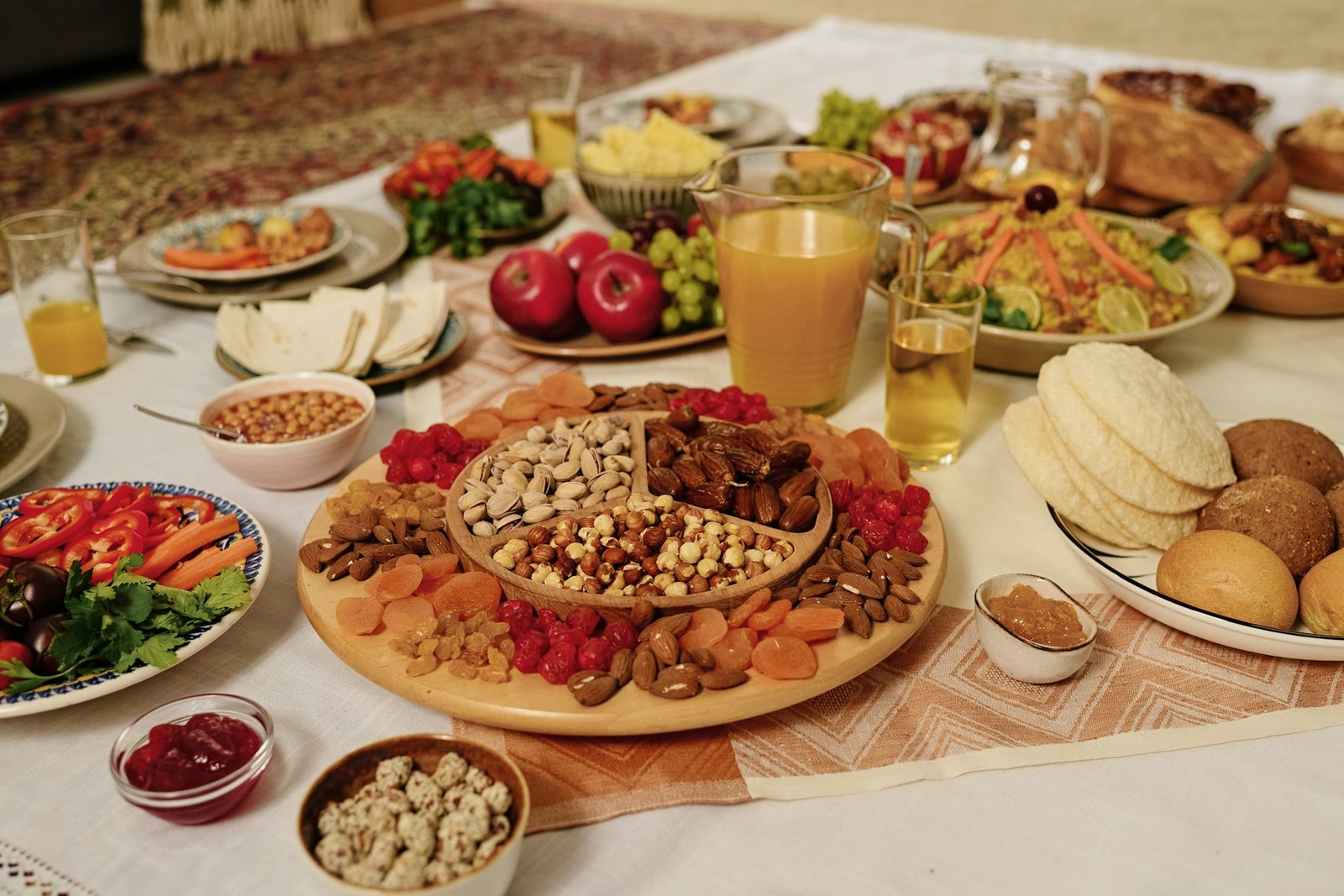
Georgian wine deserves special mention as perhaps the best value-for-money wine experience worldwide. The country has an 8,000-year-old winemaking tradition, and you can find excellent bottles for $5-10—including unique amber wines made in clay vessels called qvevri.
Poland: Hearty and Affordable
Poland surprised me. I expected heavy, monotonous food, but instead found incredible variety, quality, and value. In Krakow, milk bars (bar mleczny)—cafeteria-style eateries dating back to communist times—serve traditional Polish dishes like pierogi, żurek (sour rye soup), and bigos (hunter’s stew) for around $3-5 per meal.
Even at sit-down restaurants, it’s hard to spend more than $15 per person for a substantial meal with drinks. And Polish craft beer deserves its growing reputation—excellent and typically under $3 a pint.
Latin America: Culinary Adventure Without the Price Tag
Mexico City: The Ultimate Food City
Mexico City might be my favorite food city on earth. The sheer variety is staggering—from $0.50 street tacos to Michelin-worthy tasting menus for under $50.
My first visit, I made a rookie mistake: I was so terrified of getting sick that I avoided street food for two days. Then hunger and the intoxicating smell of al pastor (spit-grilled pork) broke my resolve. I approached a taco stand where the line of locals stretched around the block, ordered whatever everyone else was getting, and experienced a near-religious culinary awakening.
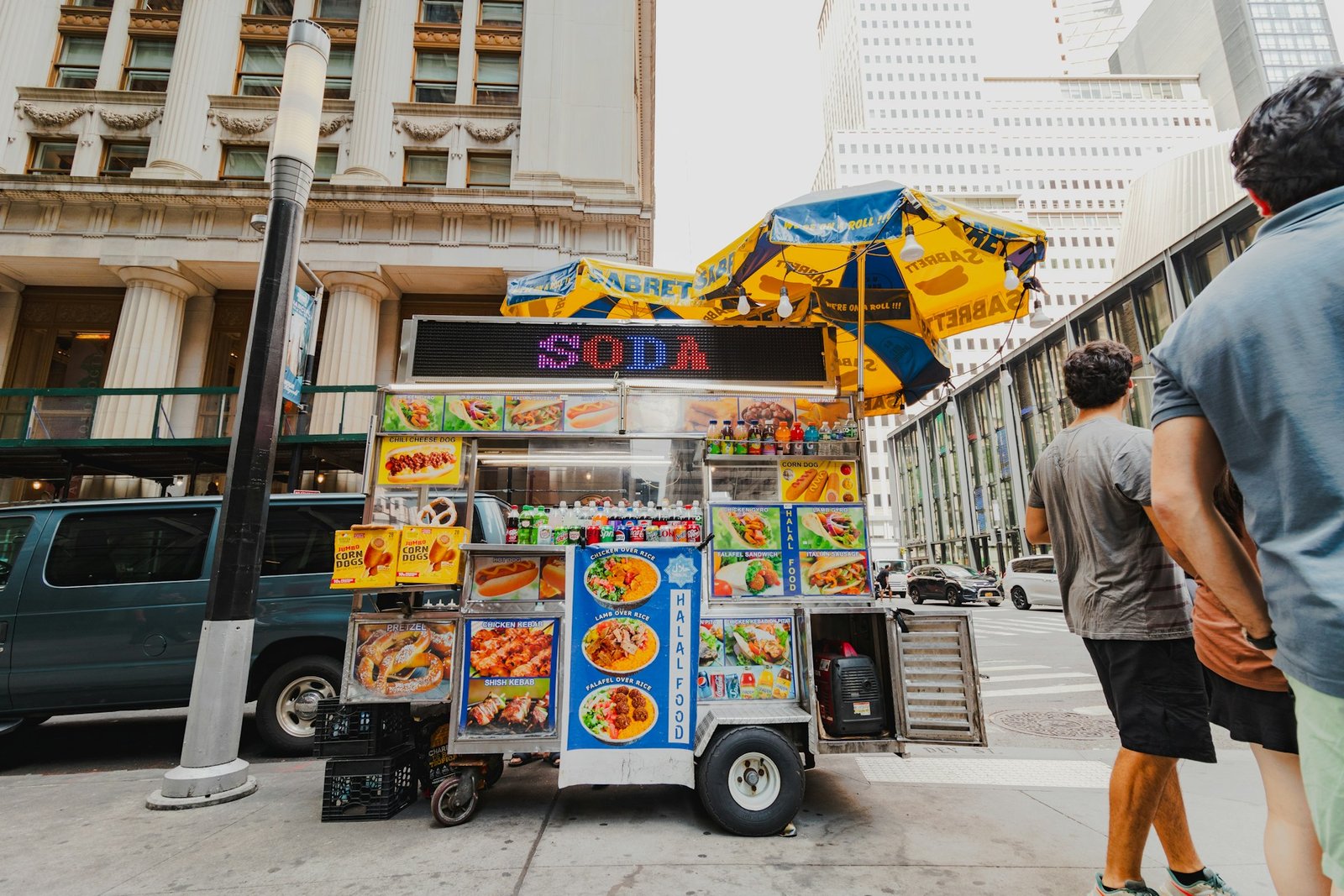
Beyond tacos, explore the markets. Mercado de San Juan offers everything from exotic fruits to insects (yes, chapulines—grasshoppers—are actually delicious, especially with a squeeze of lime and chile). Mercado Medellín showcases foods from across Latin America.
For an unforgettable experience that won’t dent your budget, take a street food tour with Club Tengo Hambre ($75-95)—pricier than exploring alone but worth every penny for the insider knowledge.
Peru: More Than Just Machu Picchu
While tourists flock to Peru for Machu Picchu, food enthusiasts know it as one of the world’s most exciting culinary destinations. Lima has earned its reputation as South America’s gastronomic capital, but you don’t need to splurge at Central or Maido (though if you can, do—their tasting menus are a fraction of comparable experiences in New York or London).
Instead, head to local markets and humble cevicherías, where fresh seafood “cooked” in lime juice with chili, corn, and sweet potato costs $5-10. In Cusco, set lunches (menu del día) offer multiple courses of hearty Andean cuisine for around $3-5.
During a homestay on Lake Titicaca, my host family taught me to make pachamanca—a traditional way of cooking meat and vegetables using hot stones in an earth oven. The entire experience, including accommodation, cost less than a mediocre dinner back home.
Asia Beyond Southeast: Hidden Gems
Taiwan: Night Market Paradise
Taiwan’s night markets represent food paradise for budget travelers. The island nation has somehow escaped the mass tourism affecting many Asian destinations, keeping prices reasonable despite offering some of the continent’s most exciting food.
In Taipei, Shilin Night Market can overwhelm first-timers with its labyrinthine alleys and hundreds of vendors. I recommend starting with classics like gua bao (pork belly buns), stinky tofu (trust me), beef noodle soup, and shaved ice desserts. Most dishes cost $1-4.
For a truly local experience, join a Taipei Eats food tour ($75) to learn the stories behind the dishes and discover hidden gems you’d likely miss otherwise.
The Budget-Friendly Approach to Famous Food Destinations
Not all renowned culinary destinations require a second mortgage. With the right approach, even famously expensive countries can be tackled by budget-conscious food travelers.
Japan: Affordable Excellence
Japan has a reputation for being expensive, and it certainly can be. But it also offers incredible budget options without sacrificing quality.
Convenience stores in Japan are nothing like their Western counterparts. Chains like 7-Eleven, Lawson, and Family Mart offer fresh, high-quality meals (onigiri rice balls, bento boxes, fried chicken) for $3-7. I’ve had convenience store meals in Tokyo that outshined restaurant dinners back home.
Ramen shops, curry houses, and standing sushi bars serve excellent meals for $7-15. In Osaka, follow locals to street food districts like Dotonbori for takoyaki (octopus balls) and okonomiyaki (savory pancakes) for a few dollars per portion.
To sample high-end Japanese cuisine without the price tag, look for lunch specials at fancy restaurants—often the same quality as dinner but at half the price.
Budget-Friendly Food Travel Strategies (That Actually Work)
After years of trial and error (and one memorable bout of food poisoning in Cambodia that I won’t detail here), I’ve developed some foolproof strategies for maximizing culinary experiences while minimizing expenses:
- Lunch, not dinner: High-end restaurants often offer the same food at lunch for significantly lower prices.
- Follow the crowds: If locals are lining up, the food is probably good and fairly priced. My personal rule: any street food stall with a line of at least eight locals is worth waiting for.
- Take a cooking class early in your trip: You’ll learn about local ingredients and techniques, making you a more informed diner for the rest of your stay. Plus, most classes include market tours, so you’ll learn where locals shop.
- Book accommodation with kitchen access: This doesn’t mean cooking all your meals, but having the option to prepare breakfast or the occasional dinner saves money for special culinary experiences.
- Research food festivals: Time your visit to coincide with food festivals, where you can sample multiple specialties in one location, often at reduced prices.
A Personal Note on Food Safety and Budget Travel
I’ve eaten street food across six continents and (mostly) lived to tell the tale. My worst food poisoning? Ironically, at an upscale restaurant in London, not from street food in Bangkok or Mexico City.
That said, use common sense:
- Eat where locals eat
- Ensure meats are thoroughly cooked
- Be more cautious with dairy and seafood in hot climates
- Carry basic medications (Imodium, rehydration salts) just in case
Plan Your Budget Food Adventure
Ready to plan your own culinary adventure that won’t require a loan? Here’s a quick comparison of my top recommendations:
| Destination | Average Meal Cost | Accommodation | Best Food Experience | Best Time to Visit |
| Vietnam | $2-5 | $15-30/night | Street pho, banh mi | Nov-Apr (dry season) |
| Mexico City | $3-8 | $25-50/night | Tacos, markets | Mar-May (spring) |
| Georgia | $5-12 | $20-40/night | Khachapuri, wine | May-Jun, Sep-Oct |
| Taiwan | $3-10 | $30-60/night | Night markets | Oct-Apr (cooler) |
| Poland | $4-12 | $25-45/night | Milk bars, pierogi | May-Sep (summer) |
Conclusion: The Stomach Leads the Way
My passport may be tattered and my bank account occasionally worrying, but I’ve never regretted prioritizing food experiences in my travels. Some people collect souvenirs; I collect meals—memories of flavors, conversations with strangers over shared tables, and the peculiar joy of discovering something delicious in unexpected places.
The destinations I’ve shared aren’t just affordable—they’re places where food remains authentic, where culinary traditions are living practices rather than museum pieces, and where the simple act of eating connects you to centuries of culture and human experience.
So book that flight, pack those stretchy pants, and remember: the best meals rarely have a dress code or a reservation list. They’re found by following your nose, pointing at what looks good, and being willing to sit on a tiny plastic stool next to strangers who might become friends over a bowl of something wonderful.

